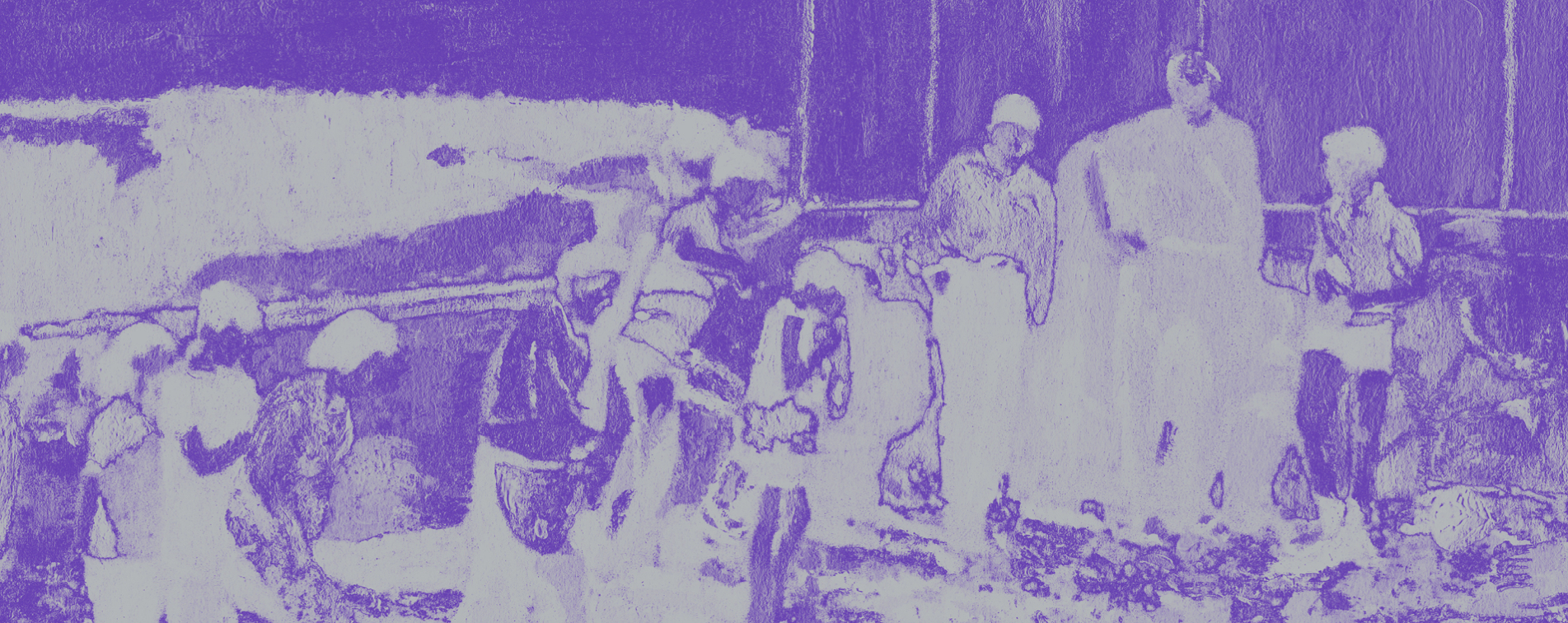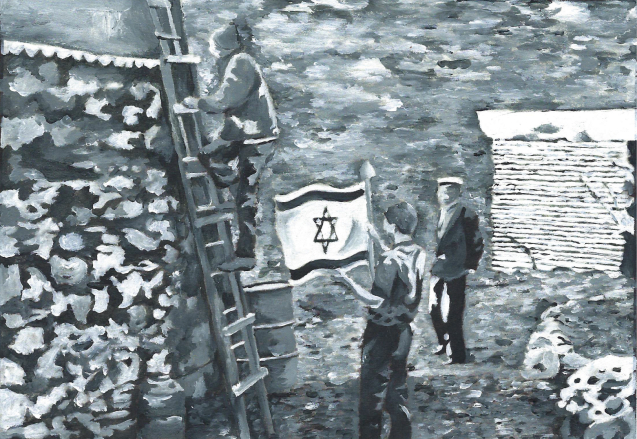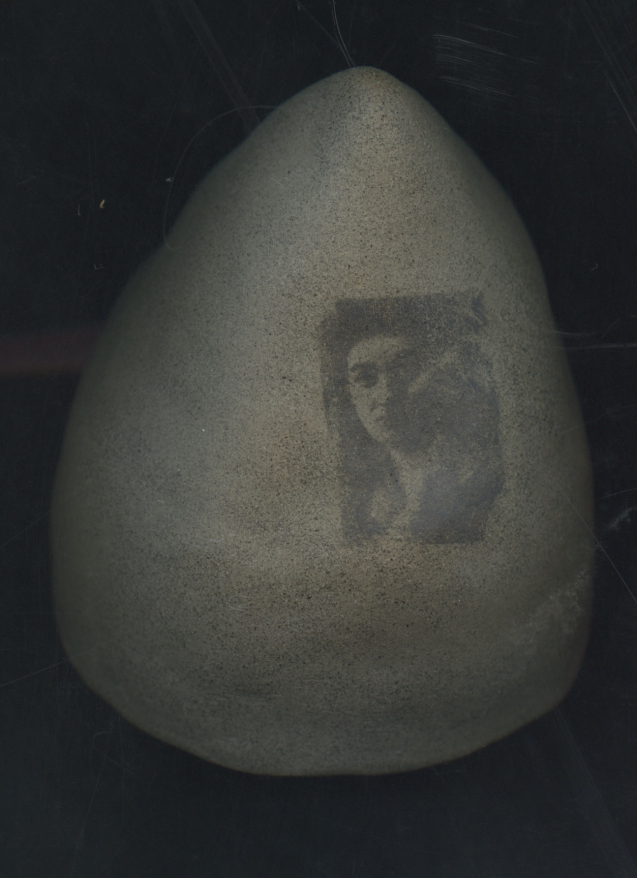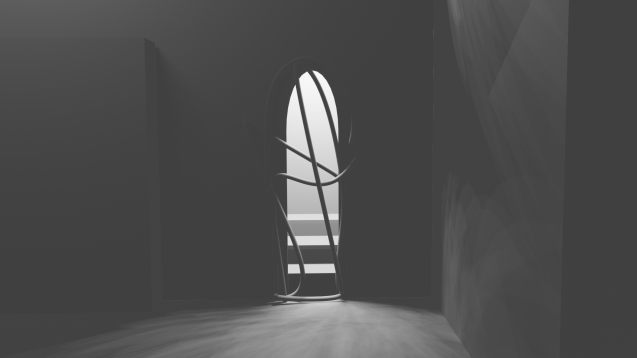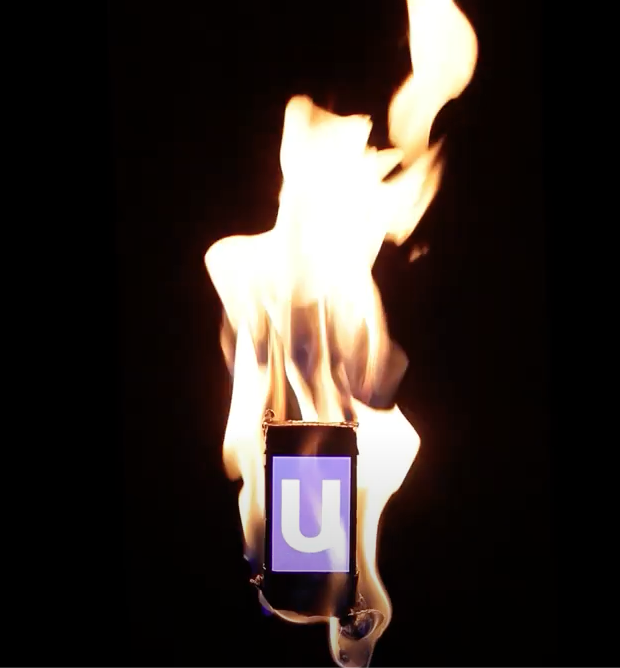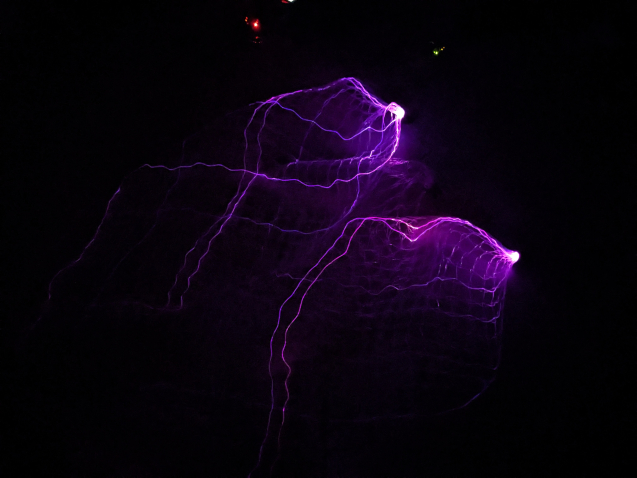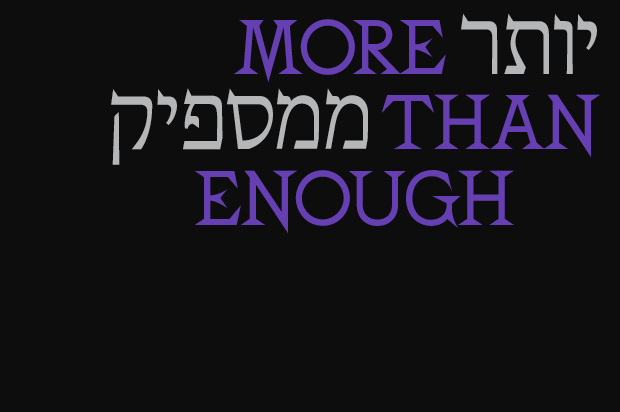“The hope of changing directions is always that we do not know where some paths may take us: risking departure from the straight and narrow, makes new futures possible, which might involve going astray, getting lost, or even becoming queer.” – Sara Ahemd.
The exhibition “More than Enough” assembles a group of Israeli artists, residing in Israel and overseas, who are united by their powerful harnessing of a queer perspective and approach that emanate from a risky departure from known and familiar pathways in favor of an exploration of possible new futures. These possibilities are necessarily predicated upon boundary breaking, which makes the inclusion of both local and international artists crucial. They represent a different understanding of the same, simple claim: that Israeli identity and queer identity are not oppositional but rather commensurate; that queerness is a part of Israeliness despite Israel’s heteronormative understandings of family, reproduction, and security. Moreover, these identifications make for a complex sense of self and a unique understanding of space and its occupation, be it private, communal, or national. The exhibition brings to fruition a wish to congregate and make community with others who challenge the mutually exclusive nature of a queer–Israeli identity, and continue to push the borders that shape and fix identity.
The title of the exhibition, “More than Enough”, introduces a semantic contradiction. On the one hand, it marks something as acceptable; on the other, it...
Read more 